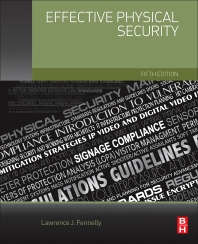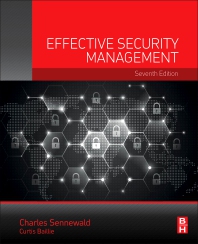Chicago’s network of police cameras proves more effective at reducing crime in high-crime areas than low-crime areas, according to a new study.
The report, co-authored by Rajiv Shah and Jeremy Braithwaite, suggests that blue-light cameras should be concentrated in high-crime areas rather than spread throughout the city. This “hotspot” approach differs from how cameras are used in many cities.
“The idea championed by former mayor Richard Daley of placing a camera on every corner results in the vast majority of those cameras having little or no impact on reducing crime,” said Shah, an adjunct assistant professor of communication at the University of Illinois at Chicago.
The analysis indicates that the initial crime level of a camera’s area had a significant effect on the camera’s overall impact. Cameras in high-crime areas were associated with large reductions in criminal activity, while cameras situated in low-crime areas experienced minimal change.
"Diffusing a large number of cameras throughout a city does not appear to be effective in reducing crime," Shah said in a press release. "Instead, the targeted use of a smaller number of cameras in high-crime areas is much more effective."
Shah and Braithwaite, a doctoral student at the University of California-Irvine, offer three possible explanations for the findings:
· High-crime areas are likely to have increased police presence and additional strategies at work.
· Cameras in high-crime areas are more likely to be monitored at all times.
· The apparent drop in crime in high-crime areas could be partly due to “regression to the mean” — a statistical effort in which first measurements are extreme and the second measurement tends to be closer to the average.
The researchers describe the impact of surveillance in these high-crime areas as the “catalyst effect” of cameras — as cameras are placed in these areas, police focus their efforts there.








